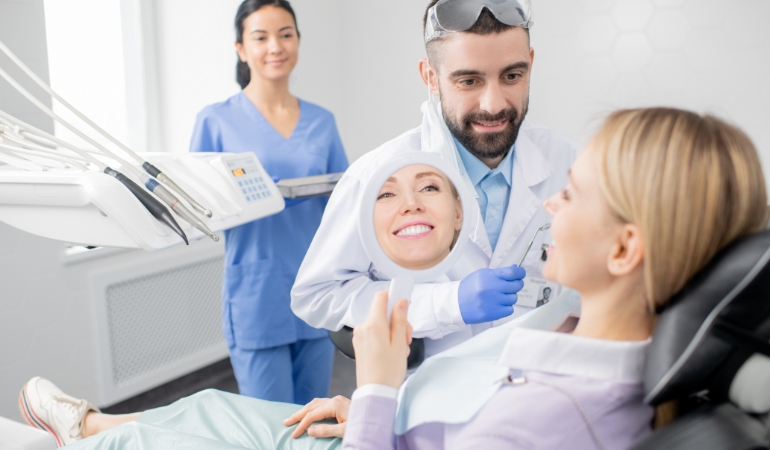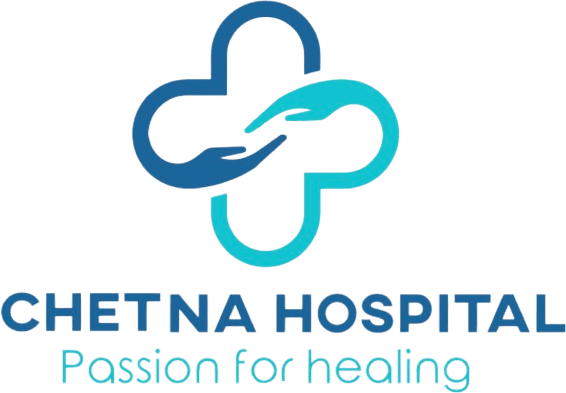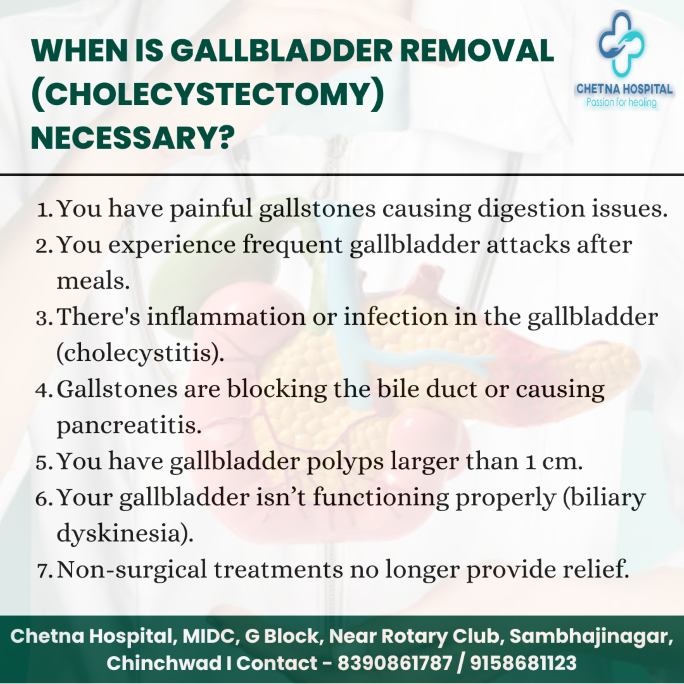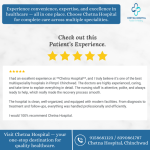The gallbladder is a small organ located under the liver. It stores bile, a fluid that helps your body digest fats. While the gallbladder plays a role in digestion, it is not essential for survival. In many cases, when it causes problems—such as due to gallstones—it can be safely removed through a surgery called cholecystectomy.
So, when exactly is gallbladder removal necessary? Let’s explore the common reasons and symptoms that might lead your doctor to recommend this procedure.
1. Gallstones (Cholelithiasis)
One of the most common reasons for gallbladder removal is the presence of gallstones. These are hardened deposits of digestive fluid that form in the gallbladder. Gallstones can block the flow of bile, leading to sudden and intense pain in the upper right abdomen, often after eating a fatty meal. This condition is called biliary colic.
When gallstones cause frequent or severe pain, removal of the gallbladder becomes necessary to prevent complications.
2. Acute Cholecystitis (Inflammation)
Sometimes, gallstones can block the gallbladder’s ducts and cause inflammation, known as acute cholecystitis. Symptoms include:
- Severe abdominal pain
- Fever and chills
- Nausea and vomiting
If left untreated, this condition can lead to infection or even rupture of the gallbladder, which can be life-threatening. In such cases, urgent surgery is required.
3. Gallstone Complications
In some cases, gallstones may travel outside the gallbladder and block the common bile duct or pancreatic duct, leading to serious conditions like:
- Choledocholithiasis (stones in bile duct)
- Pancreatitis (inflammation of the pancreas)
Both conditions are medical emergencies and may require gallbladder removal along with other treatments.
4. Gallbladder Polyps
Gallbladder polyps are growths or lesions inside the gallbladder. Most are harmless, but if they are larger than 1 cm or growing in size, doctors may recommend removing the gallbladder to reduce the risk of gallbladder cancer.
5. Poor Gallbladder Function (Biliary Dyskinesia)
In some people, the gallbladder doesn’t function properly, even in the absence of stones. This condition, called biliary dyskinesia, causes chronic digestive issues and pain. If tests show poor gallbladder function, surgery may be the best solution.
Is Gallbladder Removal Safe?
Yes! Laparoscopic cholecystectomy is a common and safe procedure performed by general surgeons. It involves small incisions, minimal scarring, and a quick recovery—most patients go home the same or next day.
When Should You See a Doctor?
You should consult a General Surgeon if you experience:
- Recurring upper abdominal pain
- Nausea or vomiting after meals
- Bloating or discomfort with fatty foods
- Fever and chills with abdominal pain
Ignoring symptoms can lead to severe complications. Timely treatment ensures better outcomes.
For Consultation Contact us on 8390861787 / 9158681123
Website – www.chetnahospital.co.in
Address – Chetna Hospital, Sambhajinagar, MIDC, G Block, Near Rotary Club, Chinchwad 411019
.
.
.
#pune#pcmc#chinchwad#hospital#medical#medicalservices#health#healthcare#surgery#generalsurgery#medicalprocedure#generalsurgeon#generalsurgeoninchinchwad













